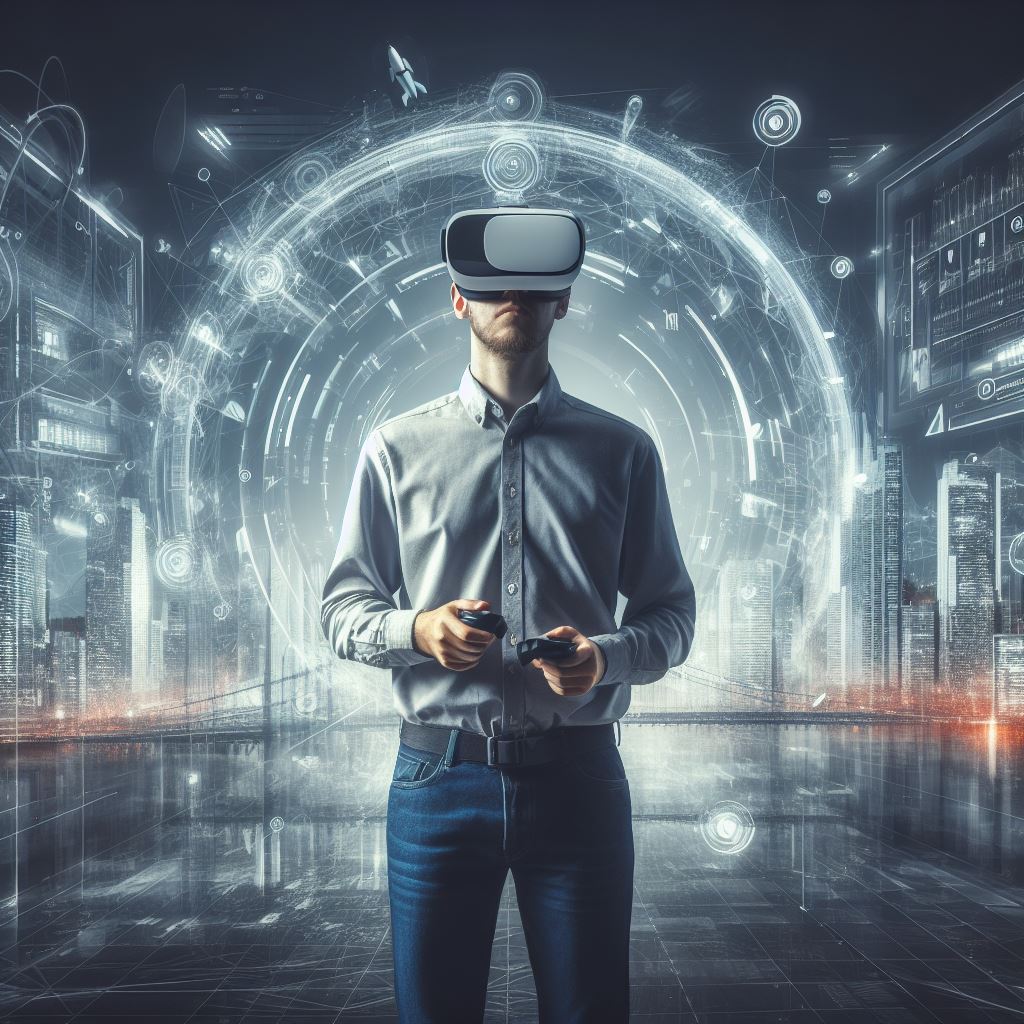Virtual reality technology has been around for quite some time now, but only recently have advancements allowed VR experiences to become accessible, affordable, and widespread. As virtual reality continues to evolve and mature, its impact on advertising cannot be ignored. In this article, we will explore the future of VR and its potential role in shaping the way brands connect with consumers.
First things first – what exactly is VR? At its core, virtual reality refers to a computer-generated simulation of a three-dimensional environment that immerses users in an experience so realistic they feel like they are actually there. This level of interactivity and engagement creates powerful emotional connections between viewers and the content presented to them.
So, why should advertisers care about virtual reality? According to eMarketer, global spending on augmented and virtual reality marketing is expected to hit $2 billion in 2019, up from just $36 million in 2016. That’s a whopping 54% year-over-year growth rate. While the majority of that spend currently goes towards gaming and entertainment applications, advertisers are starting to see the possibilities for using VR in brand storytelling, experiential marketing, and product demonstrations.
One example of this comes courtesy of Jaguar Land Rover. To help promote its latest Range Rover Velar model, the company created a VR experience called “Experience AR.” Users were able to virtually customize and configure different aspects of the car, then take it for a test drive through stunning landscapes. By offering a fully immersive, interactive experience, JLR was able to capture the attention of its target audience while providing them with an unparalleled sense of brand affinity.
But let’s not forget about the challenges associated with VR technology. One of the biggest obstacles facing marketers today is the lack of standardization across various devices and platforms. What works well on one device may not work as effectively on others, which can make it difficult to produce consistent results when measuring campaign outcomes. Additionally, there is still a relatively steep learning curve involved with developing VR content, particularly when compared to traditional video or display ads.
Despite these hurdles, however, many experts believe that VR technology represents a significant opportunity for brands looking to stand out in crowded markets. By leveraging the power of immersion and interaction, advertisers can tap into emotions that go beyond mere rational decision-making processes. In turn, this can help brands deepen relationships with their customers, foster greater loyalty, and ultimately drive higher sales and revenues.
Moving forward, the future of VR looks promising indeed. Advances in hardware, software, and content creation capabilities promise to lower costs, enhance functionality, and deliver even more compelling user experiences. Meanwhile, emerging technologies like mixed reality, haptic feedback, and brainwave sensors offer exciting new frontiers for creative exploration and innovation.
As the landscape of virtual reality continues to evolve and mature, it is clear that brands must stay abreast of the latest developments if they hope to remain competitive in today’s dynamic digital ecosystem. Whether you are a seasoned veteran or a relative newcomer to VR advertising, the opportunities for creativity, connection, and commerce are endless. So, buckle up your seatbelts, put on your headsets, and prepare yourself for an exhilarating ride into the future of virtual reality and its transformational impact on advertising.

